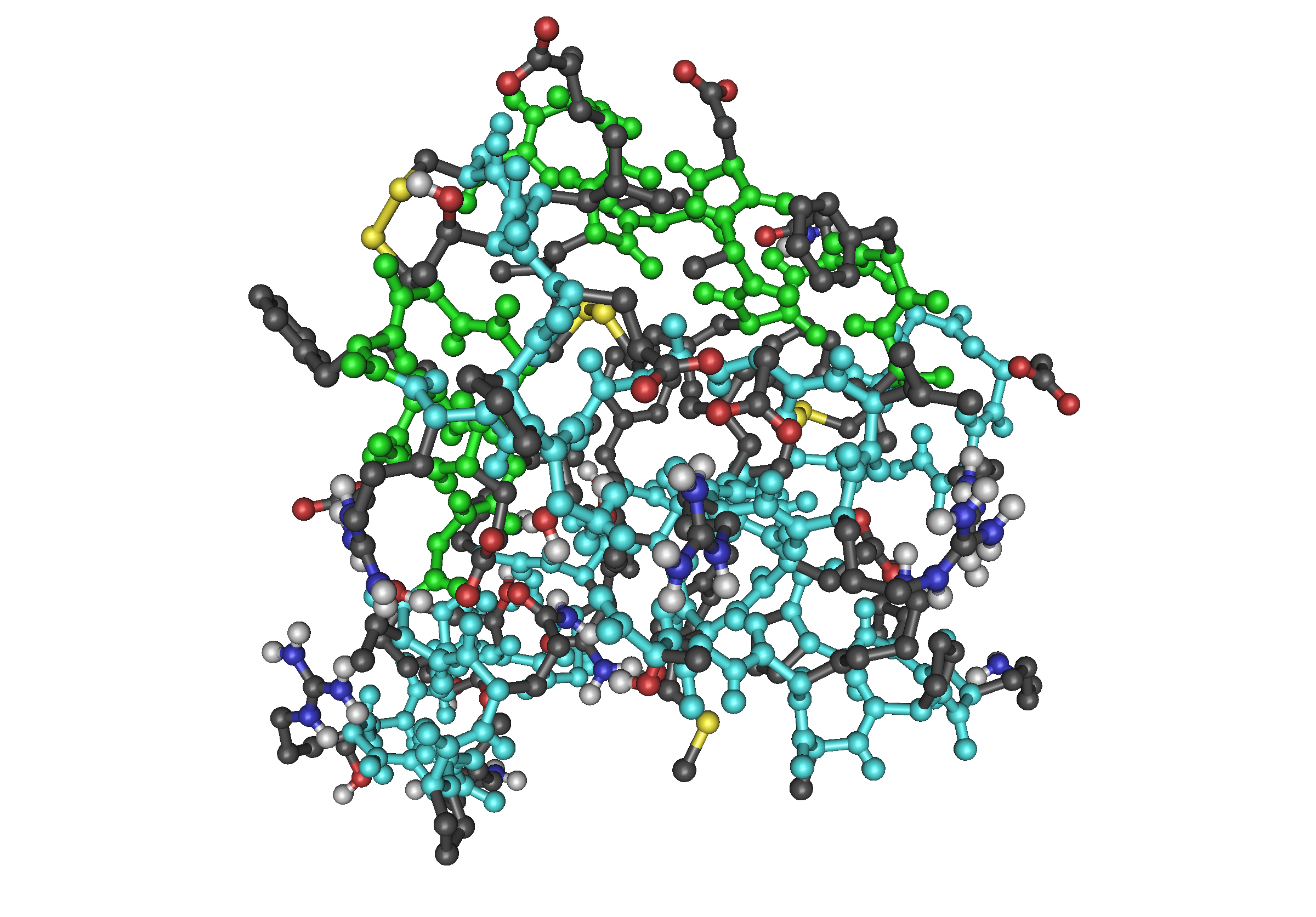(Click here to read our disclaimer)
(Click here to view this product in our store)
Insulin growth factors are the proteins that have sequence similarities to insulin. They are used to allow cells to communicate with the physiologic environment, a system commonly referred to as the IGF axis. In most animals, this hormone is secreted by the liver when it is stimulated.
If insulin growth factors are not secreted properly in animals, it can lead to a variety of diseases including cancers. When the hormone is functioning properly, it can stimulate proliferation of cells while inhibiting cell death.
The effects vary throughout the animal body because many different tissues will be affected by insulin growth factors. At high concentrations this chemical can activate insulin receptors to compliment the natural effects of insulin.
Diseases that May affect Insulin Growth Factors in the Body
Recent studies imply that the healthy presence of insulin growth factors in the body of animals may have an important role in the aging process.
- Studies using fruit flies and nematodes were used to determine how a life span could be increased when the gene that was the equivalent of what would produce insulin in mammals was knocked out.
- These results were somewhat inconclusive as the studies focused on small organisms which had several genes that would mimic those of insulin growth factors in mammals.
- These results were further complicated because mammals typically have a specific organ designated for the creation of insulin while other organisms did not.
While study results were inconclusive, these examinations determined that the absence of insulin growth factors could perturb aging. It is also shown that restricting the diet, which would impact insulin us,e would impact this status.
Effects on RNA Expression in Middle-Aged Rats
The activity of insulin-like receptors DAF-2 and reproductive growth was monitored during the adult life span of rats to better understand how insulin growth factors functioned in mammals.
- Analysis revealed that 37 C. genes could be used to predict and incode insulin-like peptides. Many of these insulin genes are within the same superfamily and were clustered–which indicates that the diversification of this family is fairly recent.
- These genes are largely expressed in neurons such as sensory neurons which are required for reproductive development. The predictions of these structures at cleavage sites indicate that the insulin receptors ins-1 are more closely related to insulin in mammals than they are in other animals.
- In these types of animals, this implies that the penetrant arrest of these chemicals at the dauer state can enhance the weak daf-2 mutants, which implies that ins-s can be used to antagonize these receptors to signal inulin.
The coding regions for these genes implies that there is a redundancy as only one other ins gene can be used as a predicted C peptide for signaling das-2, but four of the genes do not. This indicated that there is still functional diversity within this gene family.
The specific effects of insulin growth factors in a variety of animals and how isolating or eliminating genes within these animals is expanding the understanding of how these chemicals function. However, additional study is necessary to determine how these methods could be applied to mammals.
Source:
http://www.ncbi.nlm.nih.gov/pubmed/9483550
Click here to view the homepage of our store
Click here to view our entire PDF research library
Click here to view or download this article in PDF format
